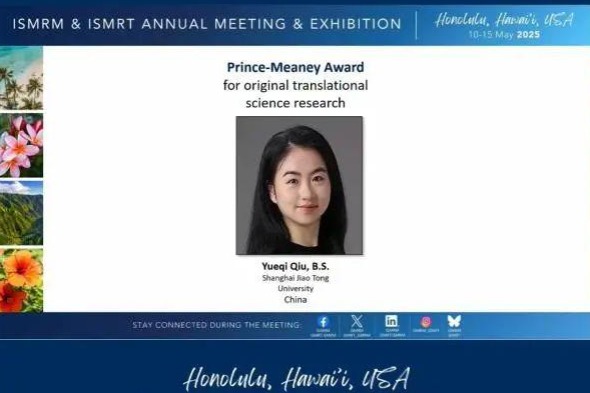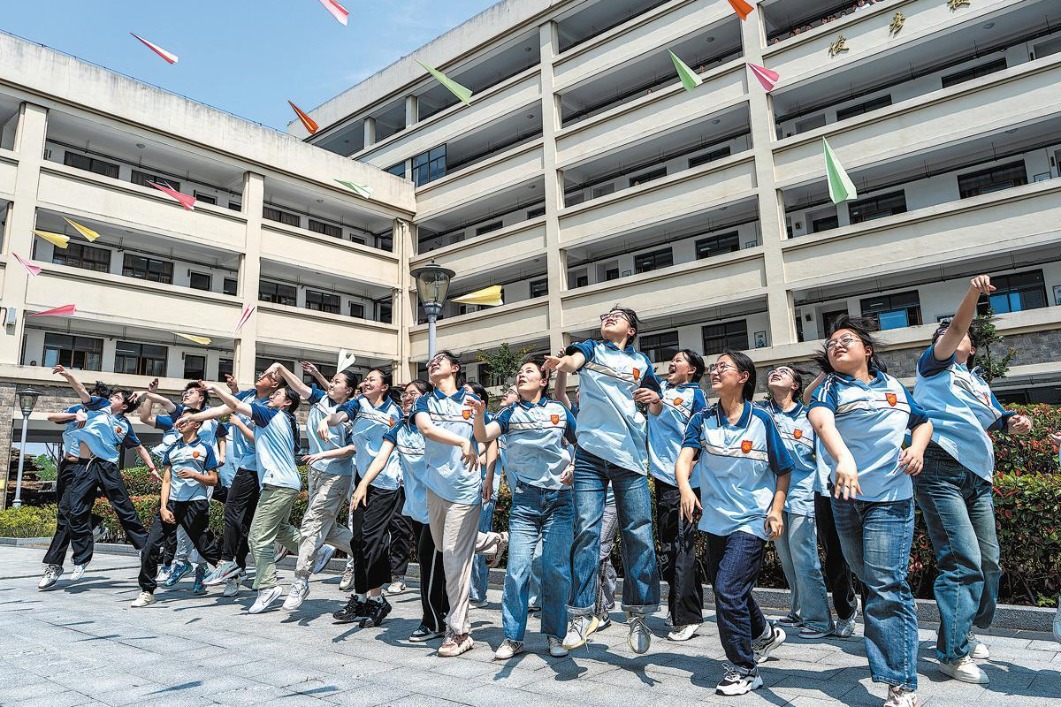Lotus roots can help restructure bones, heal wounds

Most people think of lotus roots as crispy and easily broken, but Chinese researchers have discovered they possess high-strength composite structures that could allow them to be used to help repair bones.
"Through a series of processing steps, the strength of lotus root composite materials is further increased, making them able to maintain a relatively long-lasting support strength," said Wu Jun, associate professor of Bioscience and Biomedical Engineering Thrust at The Hong Kong University of Science and Technology (Guangzhou).
Four years ago, Wu — who is also associate dean of the university's systems hub — and his team began experimenting with various biomaterials derived from foods such as lotus roots for use as bone repair materials and skin wound dressings on a variety of experimental animals.
"Lotus roots are natural materials with continuous pores that can provide a good external environment for bone regeneration," Wu said.
Citing experiments, Wu said that mice using lotus roots as bone repair materials showed significantly accelerated bone injury recovery compared to other groups of mice.
The cross-section of lotus roots exhibits a porous hollow structure visible to the naked eye. Under a microscope, the interior of lotus roots also reveals a highly intricate natural structure, according to Wu.
"Processed lotus roots can be used as a natural scaffold material highly beneficial for bone repair," he said.
The porous hollow structure helps promote the growth of new blood vessels and nerves, facilitating the exchange of oxygen and nutrients in the microenvironment at the bone fracture site.
"Lotus root scaffolds also display excellent biocompatibility and have minimal toxic side effects," Wu said.
When an animal suffers from a fracture, a biodegradable material made from lotus roots can be inserted into the broken end of the bone.
"We regulate the degradation rate of lotus root biomaterials to match with the rate of bone regeneration," the professor said. "When the bone is healed, those biomaterials can be degraded and absorbed in the animal's body at the same time."
Currently, the commonly used bone cement in the medical field is a polymer material that mainly helps restore bone structure but has limited functions to promote bone regeneration, Wu said.
Lotus root biomaterials are expected to replace current bone cement materials, which are essentially nonporous and lack biological activity.
"After being implanted for a long time, common bone cement materials often lead to inflammation and tissue proliferation," Wu added.
The production process of lotus root biomaterials is very simple: after the lotus roots are cleaned, they undergo freeze-drying and mineralization treatment. Through cutting and fine processing, the natural porous and hollow structure of lotus roots can be maintained at a microscopic level.
These processed lotus root biomaterials can then be placed into the defect points of bones.
"We have verified that after this series of processing steps, the strength of lotus root materials is comparable to the strength of human bones, slightly lower than that of bone cement," Wu said.
Based on the specific conditions of each recipient's bone injury, three-dimensional degradable scaffolds of different shapes can be produced, which can then be well adapted to the recipient's body.
Wu's team is preparing to conduct large animal experiments on sheep for further validation.
"Restoring large bone defects in the human body has always been a challenge in the medical field. We hope that lotus root scaffold materials can make a breakthrough in overcoming this challenge," Wu said.
Moreover, the application of lotus roots is not just limited to bone repair.
"We are also exploring the possibility of turning lotus root into extremely thin slices to make wound dressings, promoting faster wound healing," Wu said.





































